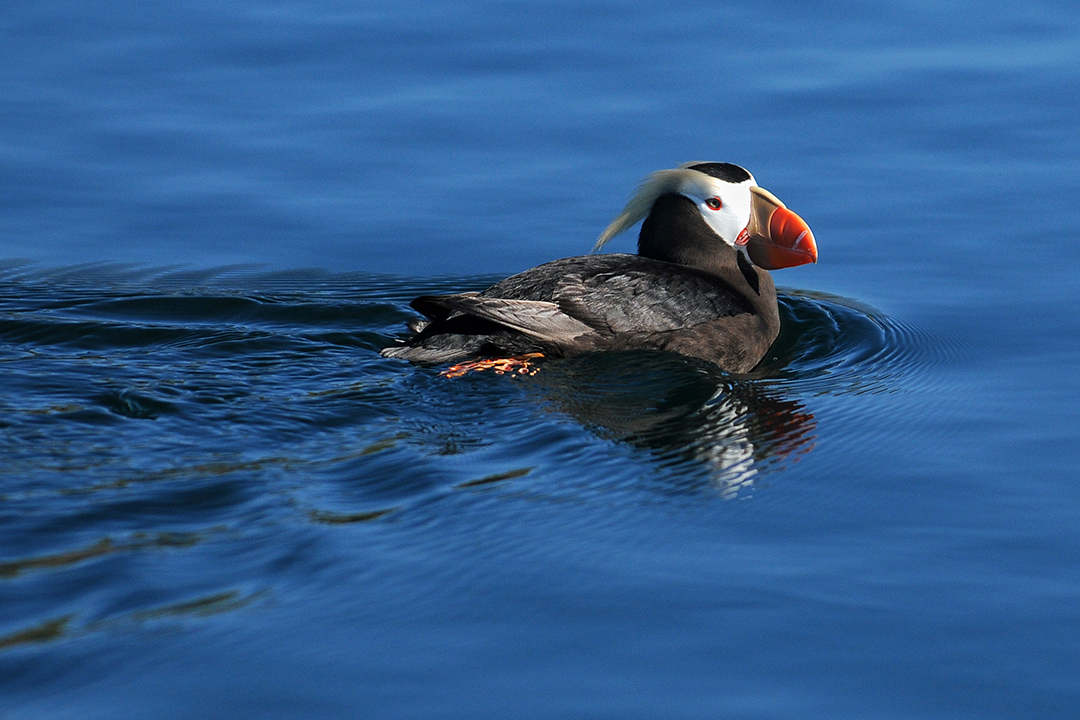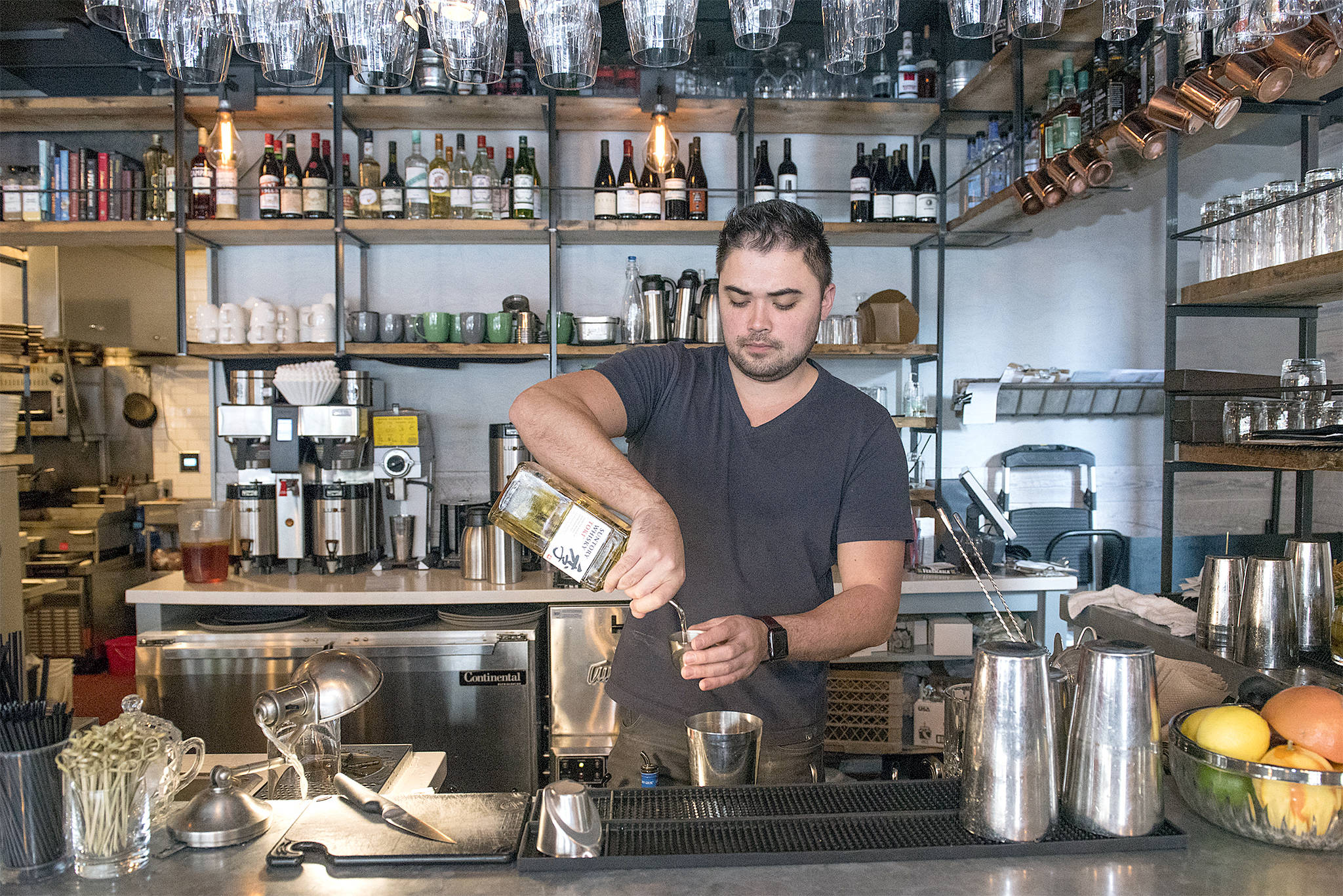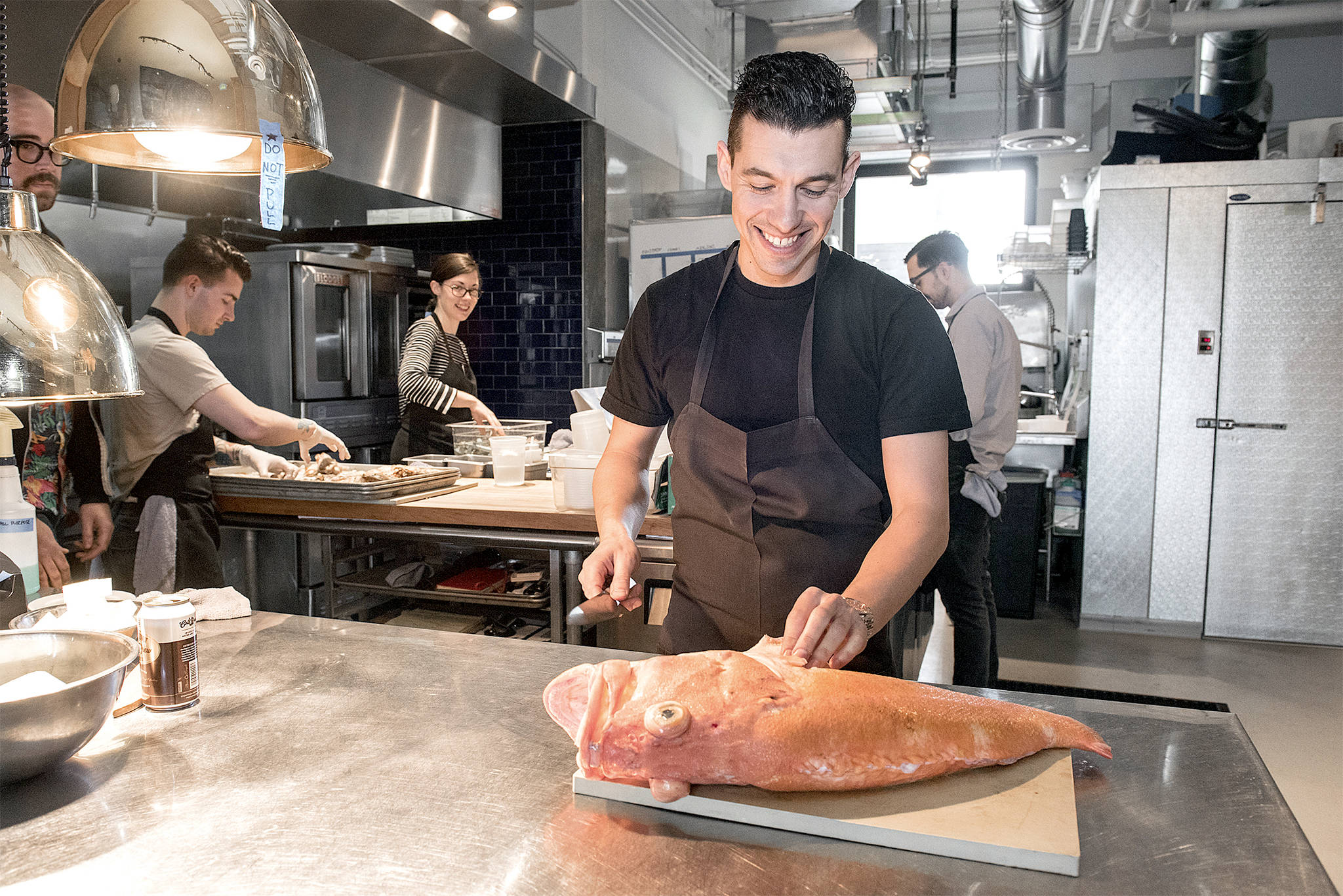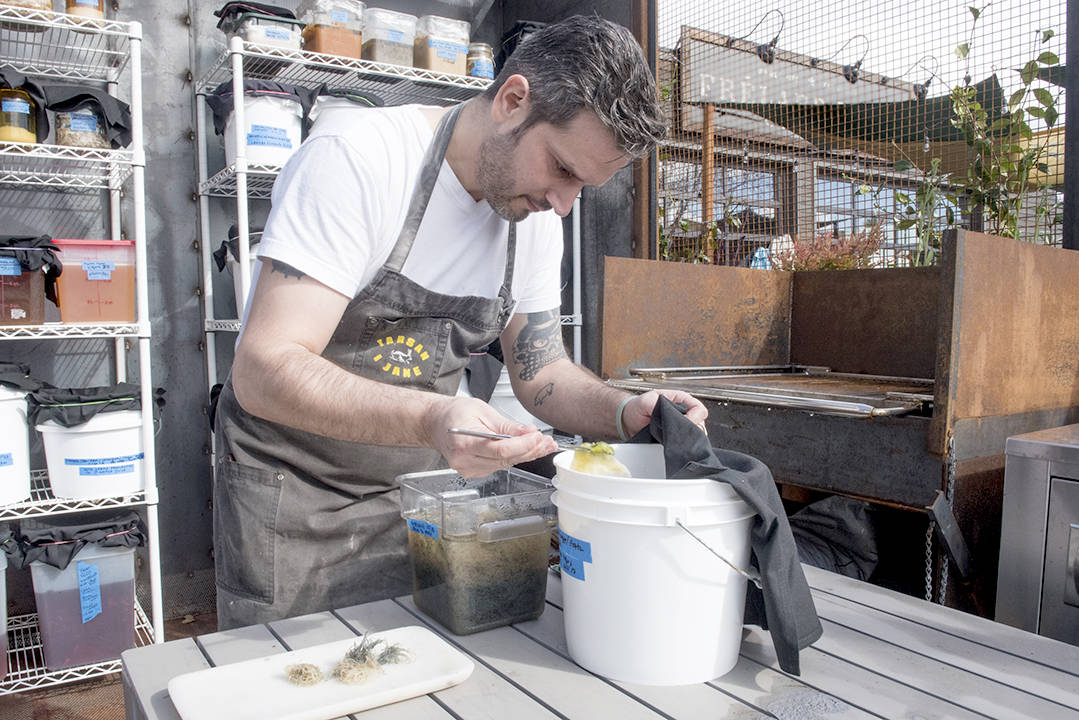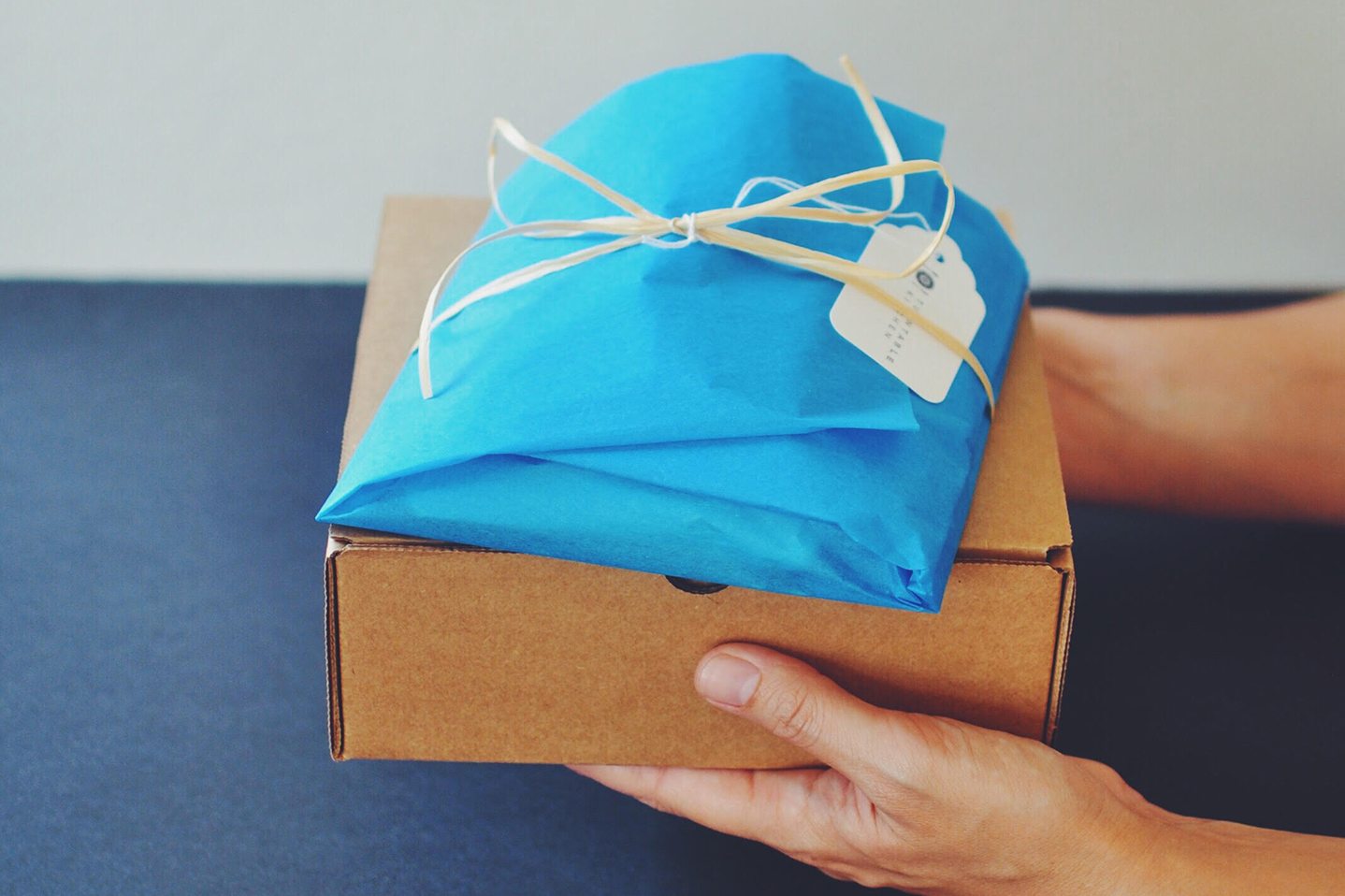Bainbridge. Vashon. Whidbey. The San Juans. Consult any guidebook and these are likely the first in a long list of recommended island destinations around Puget Sound. But there are so many more. Comprising a complex system of channels, inlets, estuaries, and islands, Puget Sound covers a colossal 1.6 million acres, with 2,500 miles of shoreline and over 150 islands of various sizes that offer a range of wildness.
Away from the hustle and bustle of Seattle, yet within boat’s reach, many less-traveled Puget Sound islands provide spectacular views, hiking and cycling trails, rare wildlife viewing, essential kayaking treks, traditional Native American cultural activities, and camping—without all the tour groups and traffic.
Hope Island (Skagit County) Known for its bountiful crabbing and clamming, Hope Island is a great destination for shellfish lovers. The 200-acre marine state park is located about 1.5 hours north of Seattle at the northern end of Skagit Bay, and is largely undeveloped—except for several hiking trails through the heavily forested interior, four rustic campsites, and five mooring buoys on the northern side of the island. Visitors should check the tides before embarking via kayak or private boat from Deception Pass or La Conner. What to bring: clamming tools and crab traps, tide chart, drinking water.
Blake Island For those interested in Native American culture, Blake Island, situated between Vashon and Bainbridge, is best known for Tillicum Village, with its towering totem poles, traditional Native-style salmon meals, and live dance performances. In addition, the 475-acre park boasts spectacular views of the Olympic Mountains and the Seattle skyline from the island’s long beach shoreline. There are plenty of year-round campsites on this island, along with 15 miles of hiking and cycling trails. The park is reachable by Argosy tour boat or private boat. What to bring: bicycle, camera, camping supplies.
Protection Island Birders will fall in love with the tranquility and rare wildlife of Protection Island, with breeding colonies of tufted puffin, rhinoceros auklets, bald eagles, pigeon guillemots, pelagic cormorants, and gulls—in fact, the island houses nearly 70 percent of the nesting seabird population of Puget Sound and surrounding areas. Just north of Discovery Bay, the island’s 379 acres of National Wildlife Refuge includes grassland, sandy bluffs, a Douglas fir forest, and driftwood-filled shoreline. Boats are not permitted within 200 yards of Protection Island for the safety and health of the wildlife, but visitors can board ecotourism boats in Port Townsend for guided tours and viewing from adjacent waters. What to bring: binoculars, warm clothes.
Anderson Island Anderson Island is the southernmost island in Puget Sound, with 170 acres of wetlands, forest, and tidal estuary. The island is home to approximately 1,000 year-round residents, but even so there is only one general store, a small coffee shop, and a single restaurant. Guests will enjoy exploring the historic buildings of Johnson Farm, a colonial homestead and former dairy farm established in 1896 by Finnish-Swedish immigrants. The island also maintains an extensive trail system for hikers and several freshwater island lakes popular for rainbow trout fishing. Anderson Island is accessible by a 20-minute ferry ride from Steilacoom. What to bring: camera, fishing pole, hiking gear.
Hope Island (Mason County) The other Hope Island is a prized destination for mushroom gathering in spring to early summer and again in fall, when foragers harvest chanterelles, morels, and oyster mushrooms under the island’s canopy of old-growth forest. Off the coast of Olympia, Hope Island State Park covers 106 acres of forest, salt marsh, and pebbly beach, and visitors will observe harbor seals lounging in the sun and a diversity of shorebirds. A public park since 1990, Hope Island is accessible only by boat and hosts just a few campsites. Adventurers can rent kayaks, sailboats, or powerboats from Boston Harbor to span the final stretch to the island. What to bring: drinking water, mushroom identification guide.
